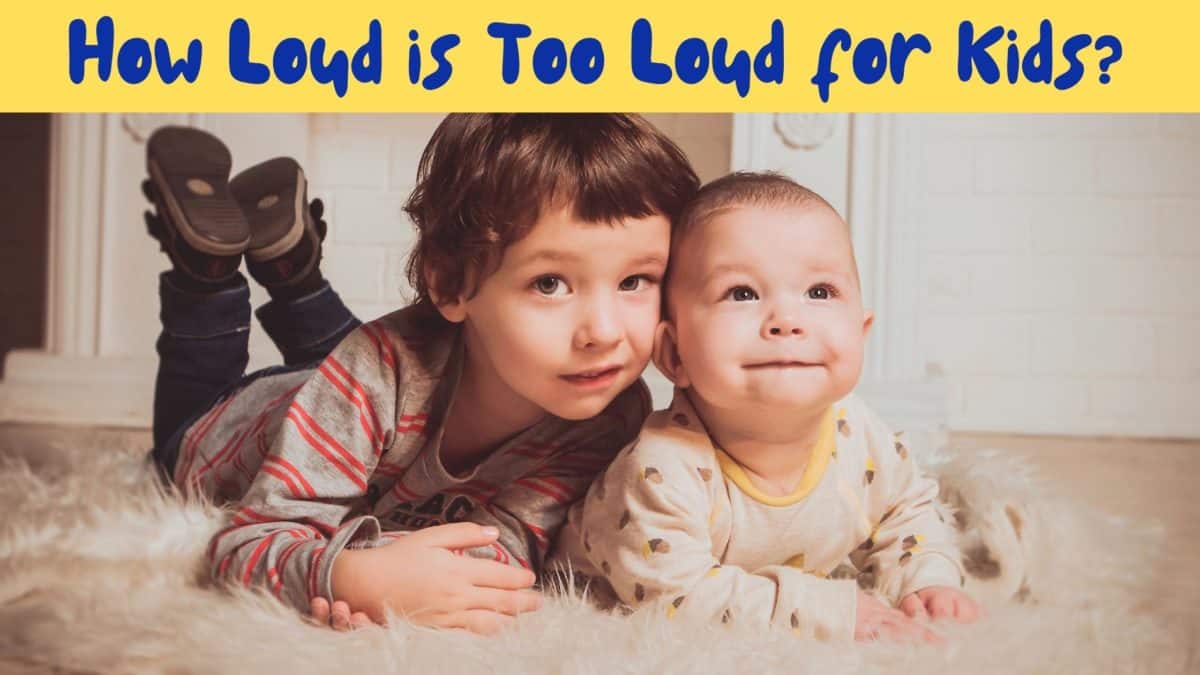- Understanding the Impact of Noise Pollution on Hearing Health - June 4, 2025
- Can Swimming With Hearing Aids Be Safe? - May 7, 2025
- Why Hydration Matters for Hearing Health - April 9, 2025
We are constantly absorbing sound throughout the day. With increasing access and integration of digital technology today, the noise exposure is even greater. This is especially true for kids who are using electronic devices now more than ever. Loud noise is one of the most common causes of hearing loss and listening to the audio on devices is a primary way people are exposed. The World Health Organization estimates that over 1 billion children and young adults experience an increased risk of developing hearing loss as a direct result of recreational exposure to loud noise. Fortunately, there are useful safety measures you can practice to protect hearing health.
Noise-Induced Hearing Loss
Hearing loss can be caused by several factors including loud noise. Noise-induced hearing loss occurs when hair cells in the inner ear are damaged. These sensory cells play an essential role in the auditory system – the sensory system for hearing. They convert incoming soundwaves into electrical signals which get carried to the brain. The brain is then able to further analyze and process these signals, assigning meaning to them, allowing us to understand what we hear. There are thousands of hair cells in each ear and unlike other types of cells we have, these do not regenerate. Humans are born with all of the sensory cells in the cochlea that we will ever have. This means that any damage they experience over time is permanent.
Loud noise can cause hair cells to lose sensitivity, becoming increasingly vulnerable to dying. This reduces their capacity to convert incoming soundwaves which leaves the brain without this critical auditory information. The brain is forced to work harder in trying to process and understand sound, producing symptoms that make it challenging to hear. This leads to noise-induced hearing loss, a permanent medical condition that impacts nearly 1 in 6 people.
How Loud Is Too Loud
Understanding noise levels and the point at which hearing can be impacted is an important way to mitigate the effect of loud noise. Sound is measured in units referred to as decibels and according to hearing health experts, noise above 85dB can be hazardous for hearing health. Kids can be exposed to 85dB for 8 hours a day without putting their hearing health at risk. But exceeding this safety threshold can be dangerous for hearing.
According to the National Institute for Occupational Safety and Health’s guidelines for safe listening, exposure time to noise above 85dB should be drastically reduced. Their guidelines highlight that for every 3-decibel increase of noise above 85dB, the exposure time should be reduced by half:
- 85dB: 8 hours
- 88dB: 4 hours
- 91dB: 2 hours
- 94dB: 1 hour
- 97dB: 30min
A primary way that kids are exposed to dangerous levels of noise is through listening to audio using electronic devices (phone, tablet, etc.) that are connected to headphones or earbuds. Depending on the type, these devices can exceed 100dB on their highest volume settings! For example, the maximum volume on the Phone is 102dB which is just as loud as a leaf blower or construction site. Noise on this level can only be safely listened to for a maximum of 10 minutes. It is important to be aware of noise levels as well as ways kids can protect their hearing.
Tips to Protect Hearing Health
There are several ways you can prevent noise-induced hearing loss. A few useful tips include:
- Test devices: assess the volume settings on the various devices that your kids use. Measure the loudest these devices can get – if you can’t hear someone at arm’s length, the volume is likely higher than 85dB. Set the volume to a safe level and show your kids how to do the same and talk about why it is important to do so.
- Invest in noise cancellation technology: if your kids regularly use devices, you may want to think about investing in noise-canceling headphones. These headphones reduce background noise which prevents people from having to increase the volume, making listening to audio safer.
- Set listening breaks: the ears and brain are constantly exposed to and processing speech and sound. Setting short listening breaks throughout the day gives the auditory system time to rest and recuperate.
These tips can profoundly reduce the risk of developing hearing loss. Contact us to learn more about how you can protect your kids’ hearing health.

